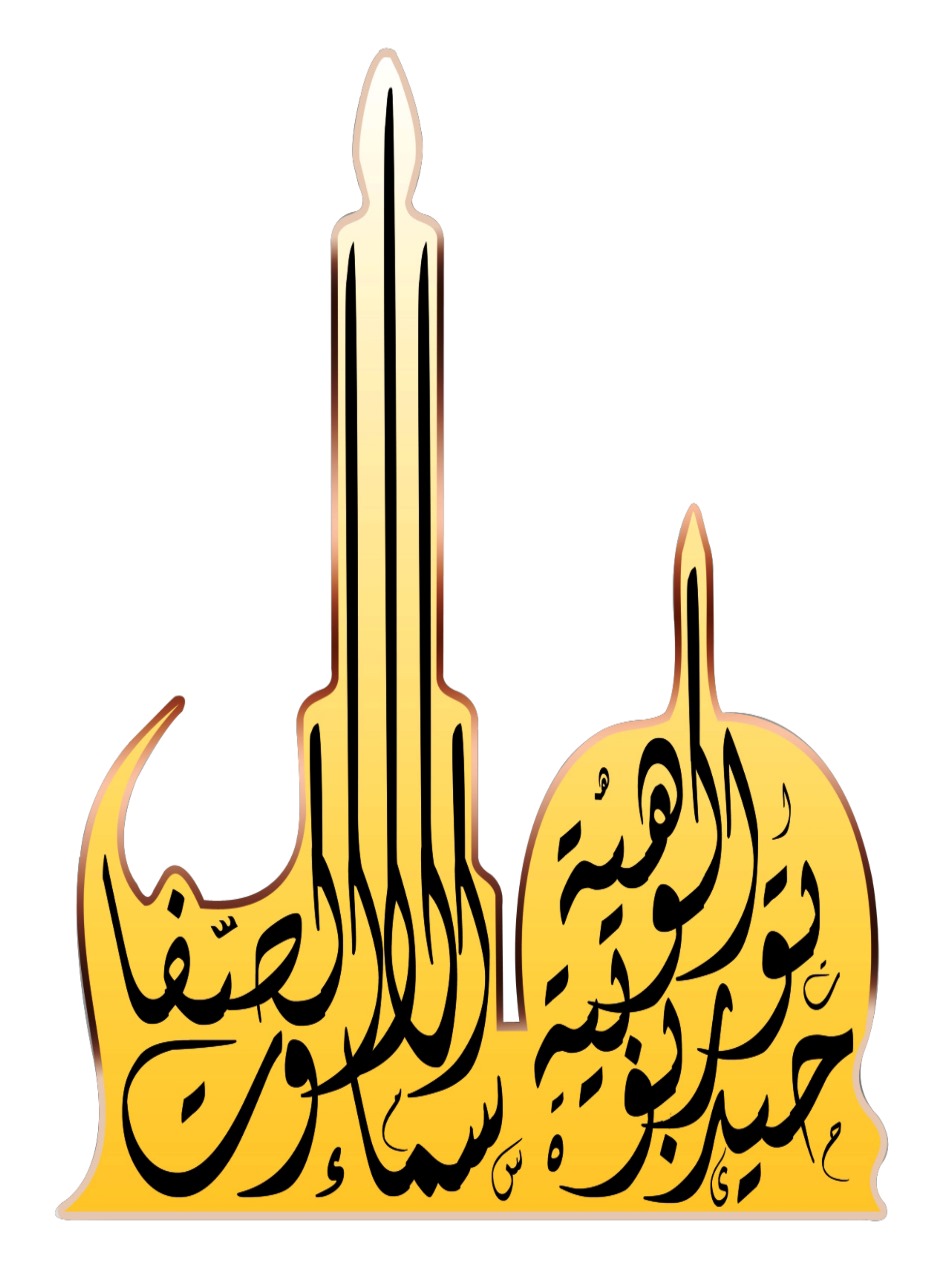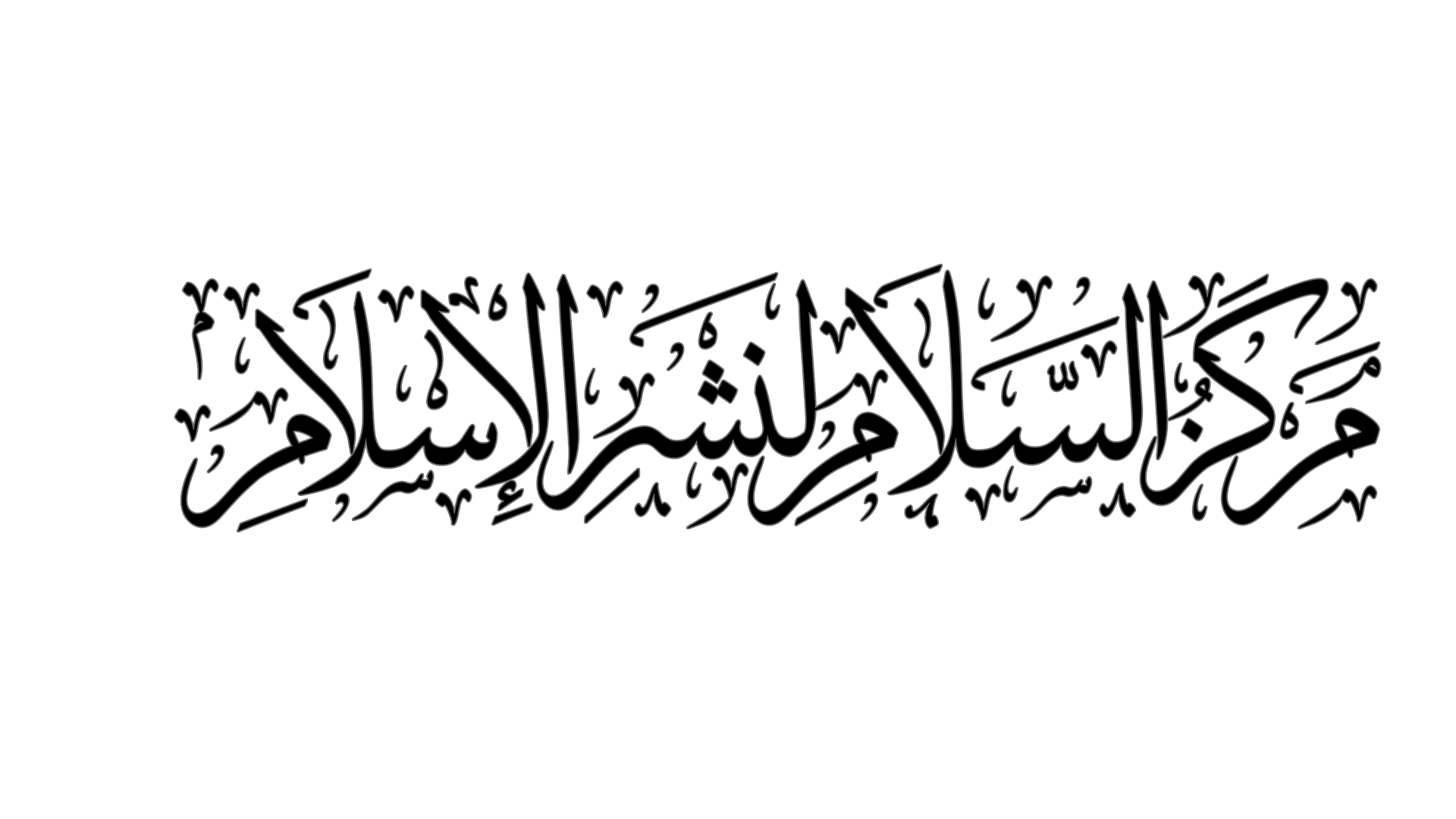Biography of
Prophet (S.A.W)
The journey Of Prophet Muhammed S.A.W
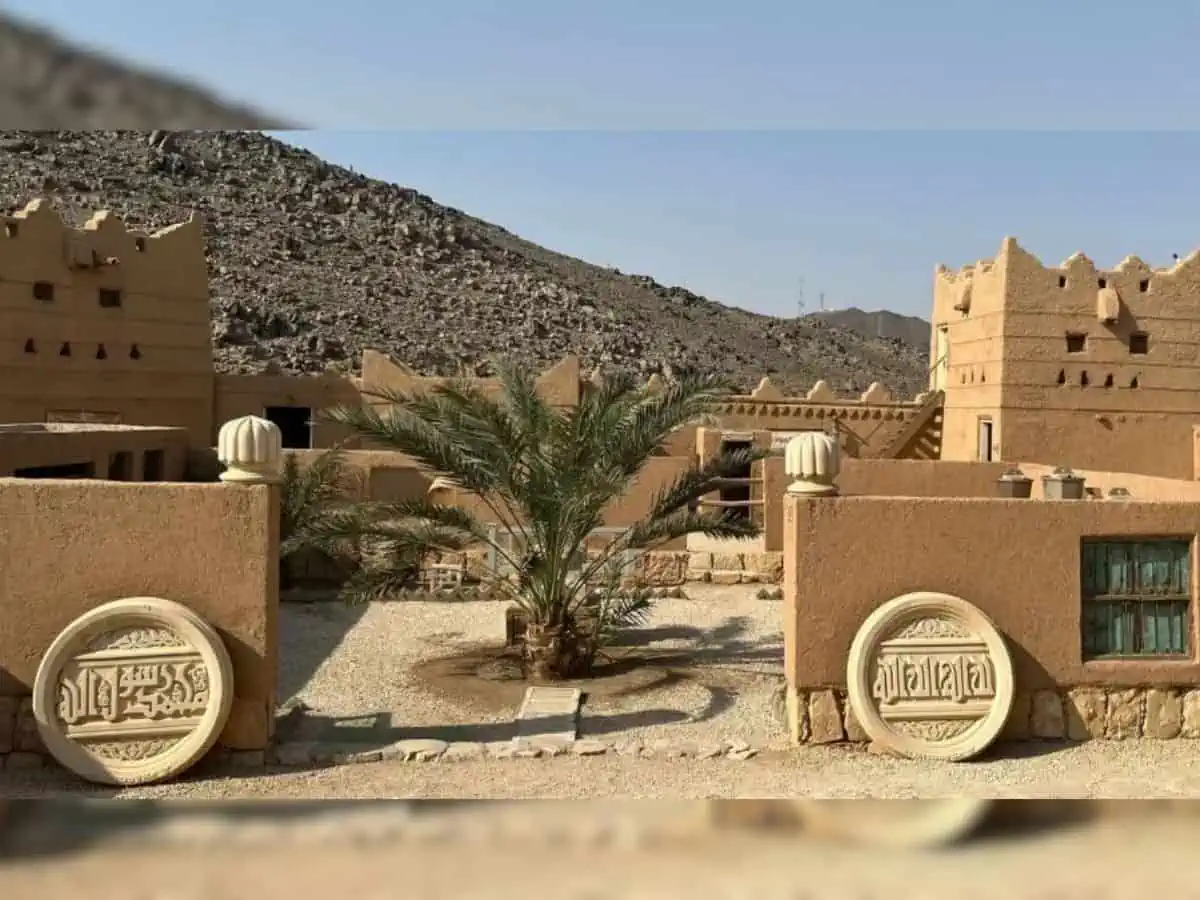
What is Seerah? The Life Journey of Prophet Muhammad (PBUH) Explained Understanding the Seerah, the biography of Prophet Muhammad (PBUH), is paramount to comprehend the essence of Islamic teachings and the underpinnings of Muslim culture. This blog post vividly narrates the extraordinary life journey of Prophet Muhammad (PBUH), articulating the significance, historical impact, and enduring lessons of his Seerah.
Birth Place Of
Prophet
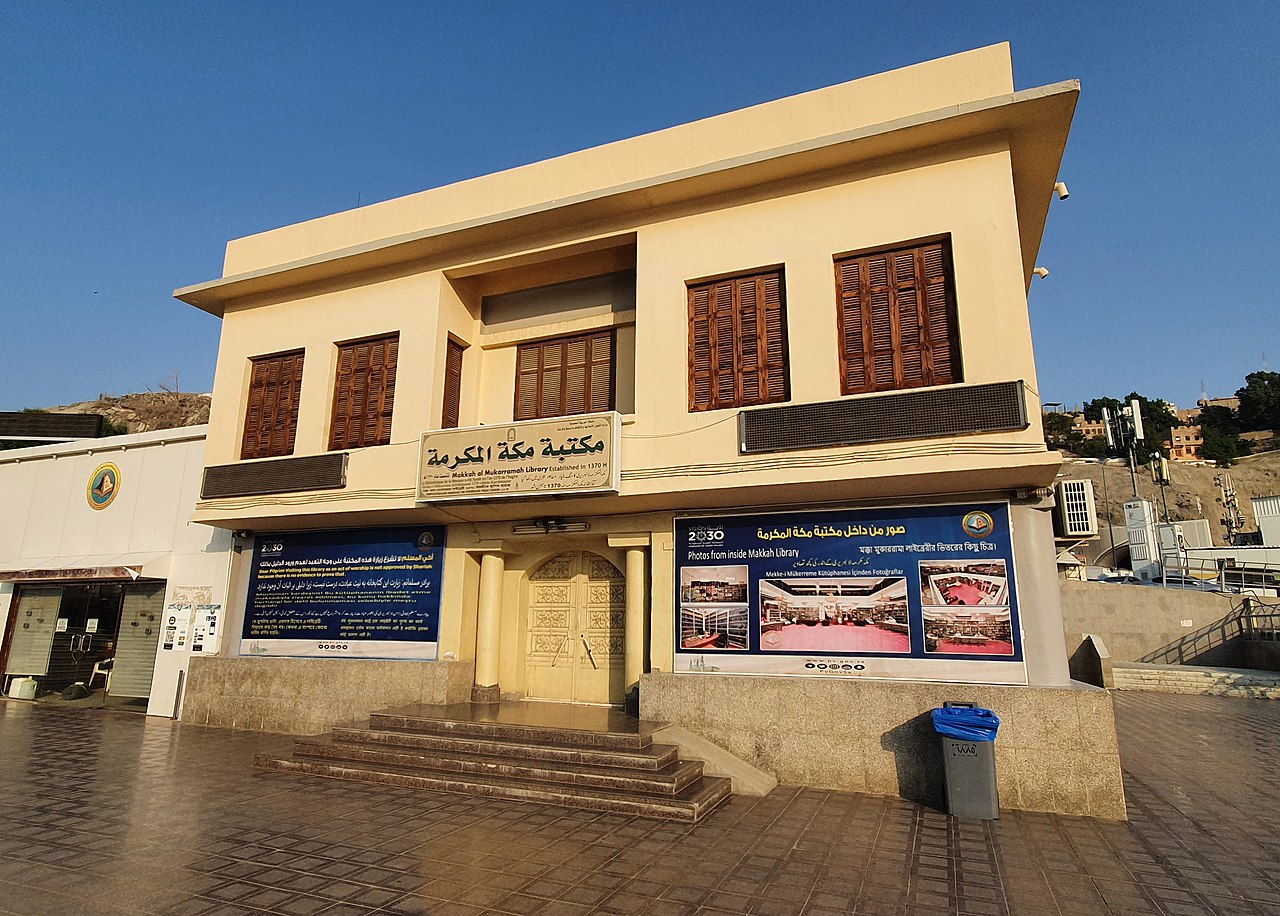
مكتبة مكة المكرمة
Understanding Seerah: The Biographical Study of a Mercy to Mankind Seerah, in Islamic terminology, refers to the study of the life of Prophet Muhammad (PBUH), the final messenger of Islam. It encompasses his birth, early life, prophethood, the revelation of the Quran, his struggles, establishing the Muslim community, his moral teachings, and his enduring legacy.
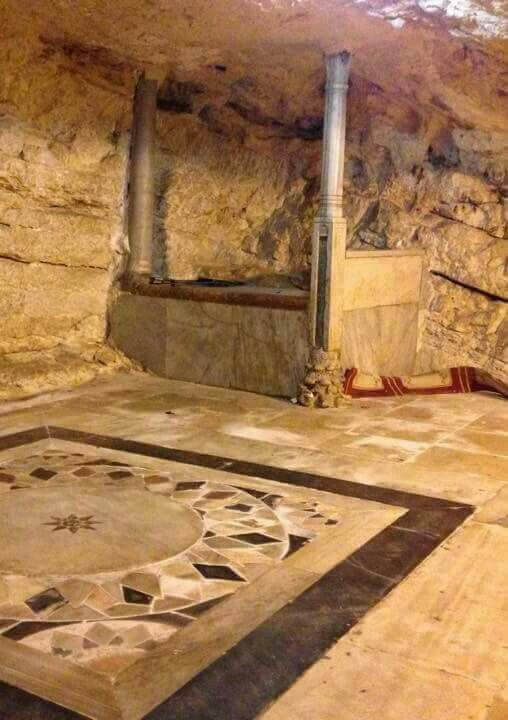
During his time in Medina, Prophet Muhammad (peace be upon him) faced several military conflicts, including the Battle of Badr, the Battle of Uhud, and the Battle of the Trench. Despite facing adversity, he continued to spread the message of Islam and worked to establish a strong and united community. He also laid the foundations for Islamic governance, social welfare, and religious practices.
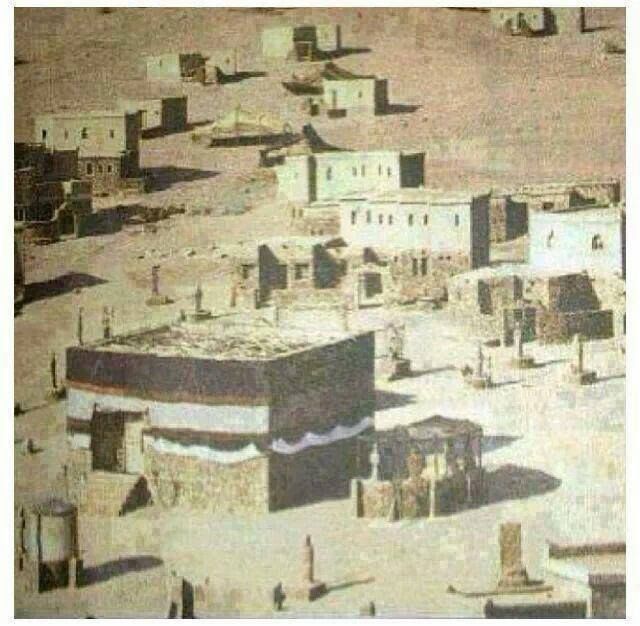
Prophet Muhammad (peace be upon him) passed away in 632 CE in Medina, leaving behind a legacy of faith, compassion, and wisdom. His teachings continue to inspire millions of Muslims around the world, guiding them in their personal lives and in their relationship with Allah and others.
سيرة
الرسول
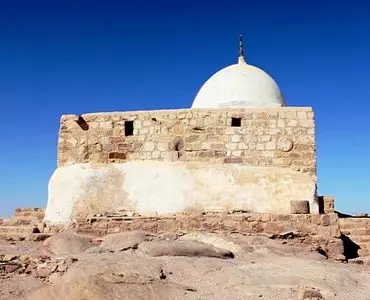
The Seerah, or biography, of Prophet Muhammad (peace be upon him), is a story of resilience, compassion, and faith. Born in Mecca in 570 CE, he grew up to be known for his honesty and integrity, earning the title of Al-Amin, the trustworthy. At the age of 40, he received his first revelation from Allah through the angel Gabriel, marking the beginning of his mission as a prophet. Despite facing persecution and opposition, he continued to spread the message of Islam, emphasizing monotheism, compassion, and social justice. His teachings laid the foundation for a community based on equality, justice, and peace. His migration to Medina, known as the Hijrah, marked the beginning of the Islamic calendar and established him as a leader and statesman. Through his wisdom, kindness, and steadfastness, he united the tribes of Arabia and laid the groundwork for the expansion of Islam. He passed away in 632 CE, leaving behind a legacy of faith, humility, and devotion to Allah. His life serves as a beacon of guidance for Muslims around the world, inspiring them to follow his example of compassion, justice, and devotion to God.

Over 1400 years ago Prophet Muhammad ﷺ and a Christian Monk named Bahira, met under the shade of a tree. That
In Mecca, Prophet Muhammad (peace be upon him) faced intense opposition from the Quraysh tribe, who rejected his message of monotheism and saw it as a threat to their traditional beliefs and practices. Despite this, he continued to preach Islam and attract followers, including his close companions Abu Bakr, Ali, and others. The early Muslim community faced persecution and boycotts, leading some of them to seek refuge in Abyssinia.
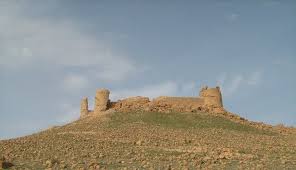
The Land of Prophets: The first united capital in the history of Egypt and the world
In 622 CE, facing increasing hostility, Prophet Muhammad (peace be upon him) and his followers migrated to Medina, an event known as the Hijrah. In Medina, he was welcomed as a leader and mediator among the various tribes. He established the first Islamic state, based on principles of justice, equality, and compassion. He also signed treaties with Jewish and non-Muslim tribes, promoting peaceful coexistence.
